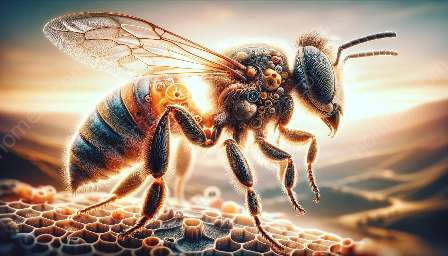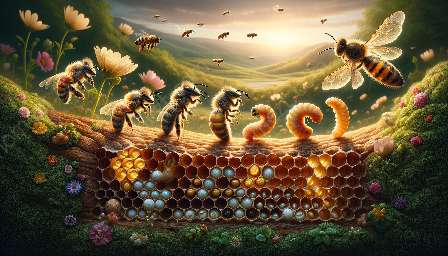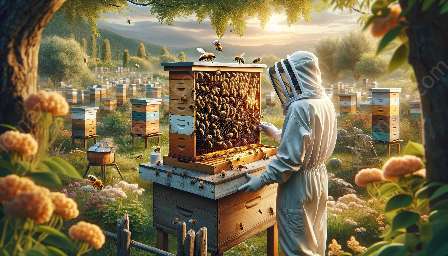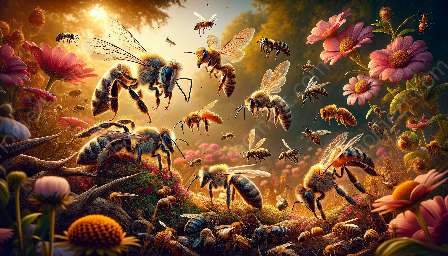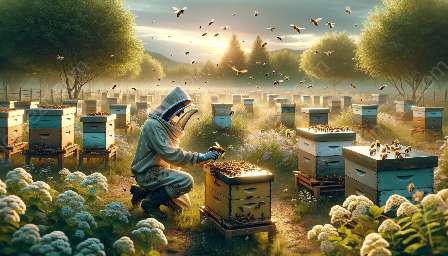Beekeeping, also known as apiculture, is a rewarding and essential practice that involves the maintenance of bee colonies for the purpose of honey production, pollination, and other benefits. Key to successful beekeeping is the use of appropriate beekeeping equipment, which not only ensures the well-being of the bees but also helps in pest control and management.
Hives and Hive Management
Hives are the primary infrastructure for bees and their colonies. The most common type of hive used in modern beekeeping is the Langstroth hive, which consists of boxes and frames that provide space for the bees to build their comb and store honey. Other types of hives include top-bar hives and Warre hives, each with their own advantages and limitations. Proper hive management is crucial for ensuring the health and productivity of bee colonies.
Protective Gear
Protective gear is essential for beekeepers to safeguard themselves from bee stings. This equipment typically includes a beekeeper suit, gloves, a veil or helmet, and boots. The suit and veil protect the body and face from stings, while gloves and boots provide additional protection against possible bee aggression during hive inspections and honey harvesting.
Smokers and Tools
Smokers are used to calm honey bees during hive inspections by emitting smoke, which makes them less aggressive and easier to work with. Additionally, various tools such as hive tools, bee brushes, and frame grips are used for handling frames and performing routine maintenance on the hives.
Bees and CompatibilityWhen selecting beekeeping equipment, it's important to ensure that the materials and designs are bee-friendly. For example, using non-toxic paints and untreated wood for hive construction helps maintain a healthy environment for the bees. Similarly, the use of stainless steel or plastic for beekeeping tools reduces the risk of contamination or chemical exposure to the bees.
- Compatible Equipment:
- Hives made of natural, untreated wood
- Non-toxic paints and finishes
- Stainless steel or plastic smokers and tools
Pest control is a critical aspect of beekeeping, as pests and diseases can significantly impact bee health and honey production. Common pests affecting bee colonies include Varroa mites, small hive beetles, and wax moths, all of which can be managed through effective beekeeping practices and specialized pest control equipment.
Pest Control MethodsIntegrated Pest Management (IPM) involves using a combination of cultural, biological, and chemical control methods to manage pest populations while minimizing the use of pesticides. This approach emphasizes regular monitoring of hive health, maintaining strong and healthy colonies, and implementing non-chemical control measures such as screen bottom boards and drone brood trapping.
- Varroa Mite Control
- Small Hive Beetle Management
- Wax Moth Prevention




